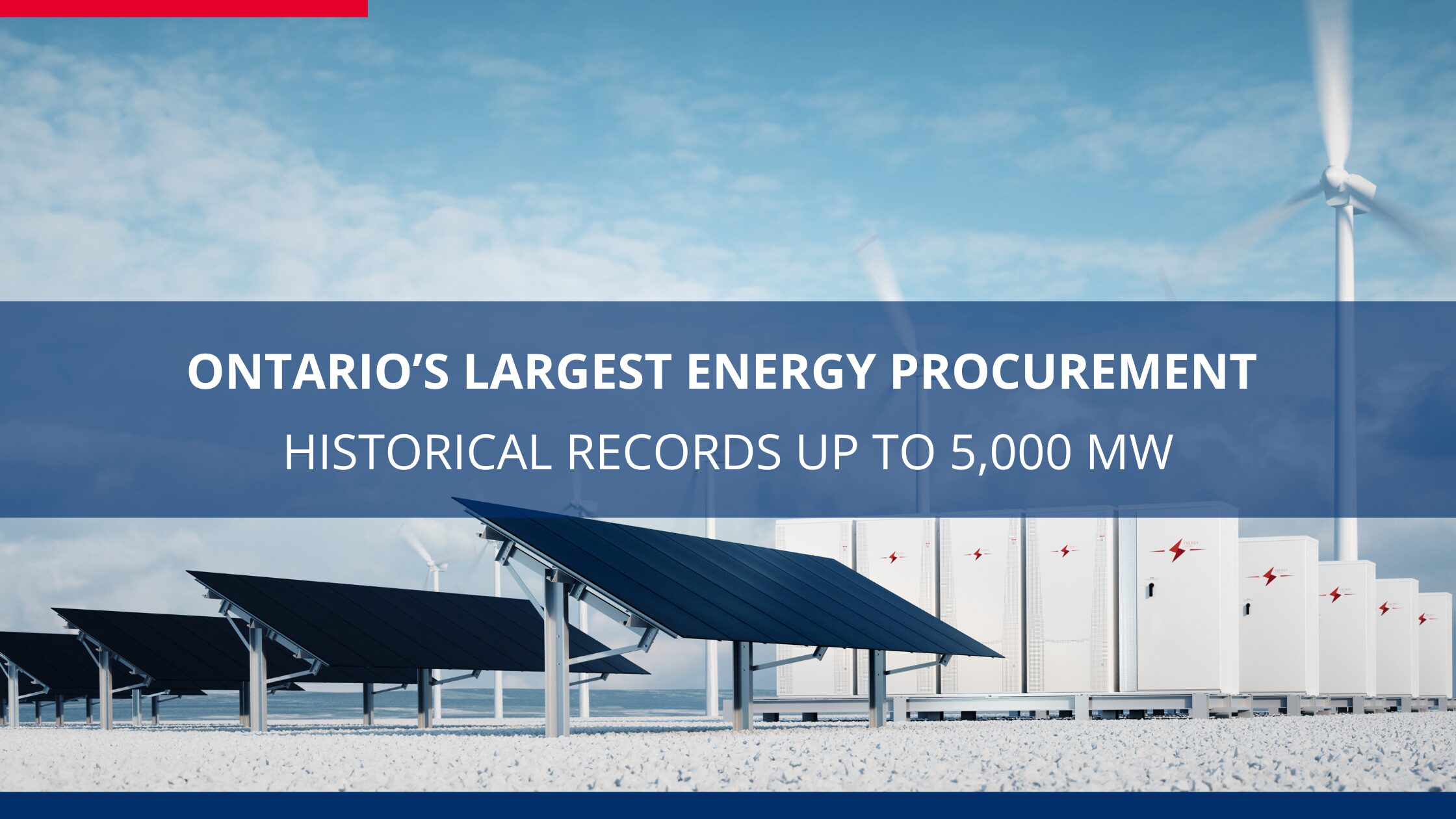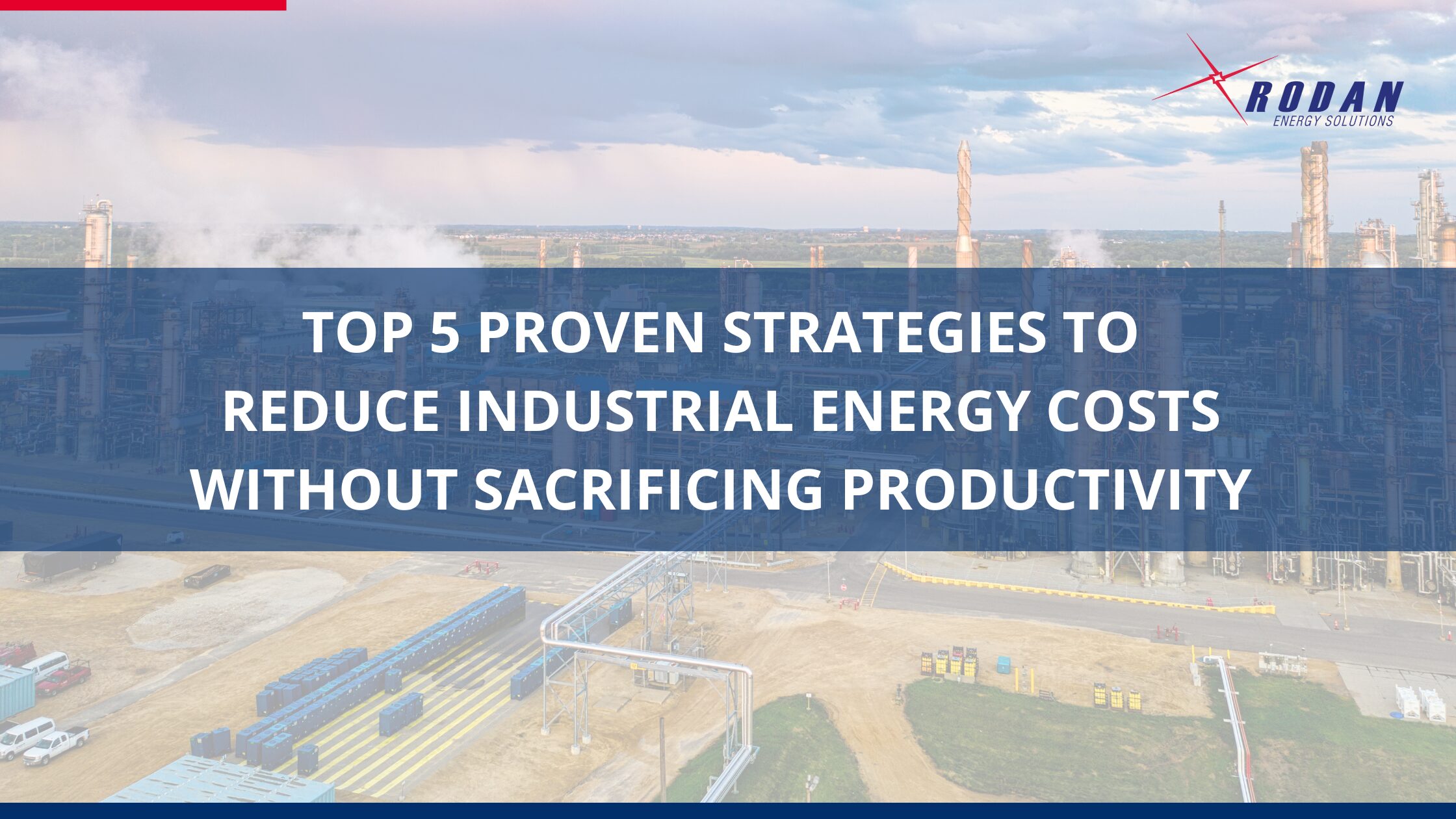by Paul Grod, CEO of Rodan Energy Solutions
I welcome the recent announcement by Stephen Lecce, Ontario’s Minister of Energy and Electrification regarding the launch of the largest competitive energy procurement in the province’s history1. This initiative marks a significant step towards a more sustainable and resilient energy future for Ontario.
At Rodan Energy Solutions, we have always been at the forefront of advocating for clean, reliable and cost-effective energy solutions. This announcement aligns with this widely-shared vision.
However, to truly unlock the potential of this procurement, it is crucial that the Independent Electricity System Operator (IESO) includes aggregated distributed energy resources (DERs), including behind-the-meter resources, in their plans.
The Power of Aggregated Distributed Energy Resources
Aggregated DERs, such as batteries, solar panels, and load reduction strategies at both residential and large industrial facilities, offer numerous benefits:
- Clean Energy: DERs help reduce our reliance on fossil fuels, contributing to a cleaner environment and helping Ontario meet its climate goals.
- Cost-Effectiveness: These resources can significantly lower energy costs for consumers by reducing peak demand charges and providing more efficient energy management. It puts money back into the pockets of energy consumers, which boosts the economy.
- Speed of Deployment: In the face of rapidly increasing demand for power, Ontario needs fast, scalable solutions. Because of their smaller size, DERs can be deployed rapidly and with minimal impact.
- Local Resiliency: By decentralizing energy production and storage, we enhance the resiliency of our local grids, making them less vulnerable to disruptions from extreme weather.
- Empowering Consumers: Aggregated DERs empower consumers to take control of their energy usage, leading to more informed and sustainable energy practices.
Call to Action
I urge the IESO to prioritize the inclusion of DERs in their procurement process. This includes removing the barriers that currently restrict the development of distributed energy resources, especially in regions with a dire need for more power, such as the agricultural heartland in Southwestern Ontario (Niagara and West zones). By doing so, we can unlock the full potential of local resources, driving innovation and ensuring a more sustainable and resilient energy future for all Ontarians. Let’s seize this opportunity.




